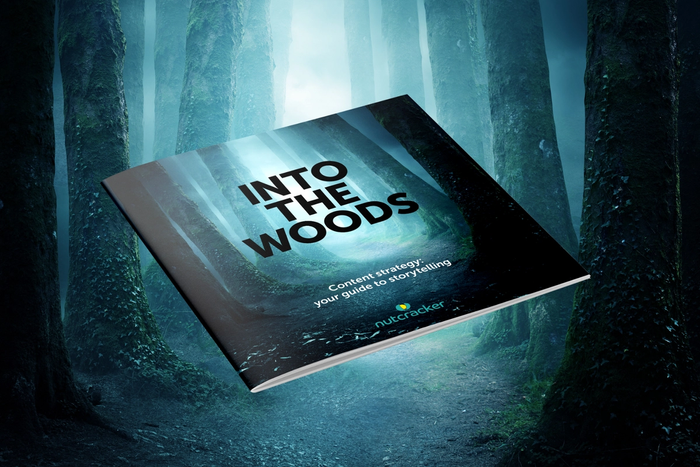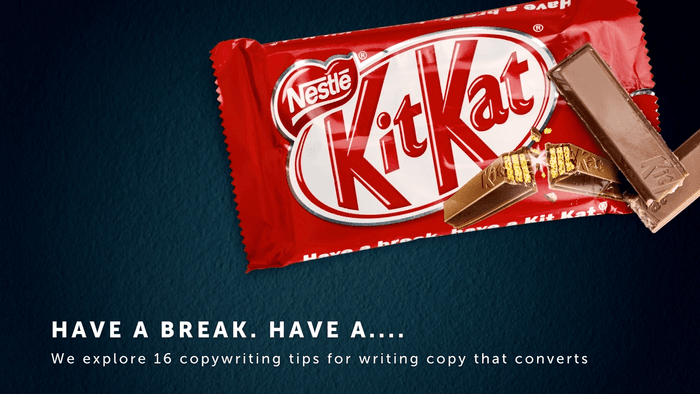Content Marketing & SEO
Storytelling in marketing: what’s your client’s happily ever after?
We all know that at the heart of storytelling is a compelling story, one that has hooks, that gets your attention.
But to tell a truly compelling story, you need to answer a few key questions: what is my client’s ‘happily ever after’? What is the dragon they need to slay, and what tool do they need to use to slay it?
Here, we take a look at the steps you can take to determine the goal of your customer’s journey, and how you can help them get there.
Understand your customer base/target audience
Any decent fiction author will tell you: to write a good story, you need to understand who your main character is. Who are they? Where do they come from? What are their hopes, dreams and fears?
Now imagine your client is a character in a quest – you need to know what they are trying to achieve to make your product or service appear the only possible means of achieving it.
This is all about persona building, and there’s a lot of things you can do to make the task much easier. For example;
- Use Google Analytics to find out where your visitors are coming from, their age range etc and sense check if that is in line with your target customer base.
- Conduct customer surveys to identify the main problems your customers continue to face. Or at the very least speak to your key accounts to hear first-hand. The key? Don’t make assumptions.
- Monitor social media channels to find mentions of your brand, your competitors or topics relevant to your company.
A fantastic way to build a picture of your customer is to see which publications they are following online. Not only will you learn more about your target audience, but you’ll get a better sense of the kind of stories that they find compelling and the challenges they are facing regularly.
What’s the ‘big bad’ in your client’s story?
In many of the best stories, there’s a ‘big bad’ – Voldemort in Harry Potter,Darth Vader in Star Wars, the Alien in… well, Alien.
Your client has a big bad too – it’s the nagging issue that they face on a daily basis, a conundrum they aren’t able to solve. It’s the reason they head to Google in the first place.
How to showcase the ‘big bad’: an example
In ‘The Wolf’ from HP studios, an advert posing as a hacker thriller in the vein of Mr Robot. It highlights the issue of printer security in a way that hooks the reader in like any good movie – but crucially it keeps its purpose clear throughout.
Perhaps the ‘big bad’ for your target audience is ineffective team management, outdated systems, or simply inefficiency or time-consuming projects that aren’t worth the investment. It’s those aspects that you need to make the villain of your story.
When you know what the ‘big bad’ is for your client, you can start the process of positioning your brand as a means to defeat it.
Achieving the customer’s ‘happily ever after’
A lot of businesses think that the right way to market is just to list off a ream of benefits, assuming (incorrectly) that their target audience will be reeled in. However, in a crowded market where everyone claims their product or service is the best, it’s not enough to focus solely on your product.
The only way to transform a product from a nice-to-have into a need-to-have is to tell a customer you understand their goals, and show how your product will help them get there.
Speak the same language as your client
Let’s face it: B2B businesses, by their nature, can be quite dry and it’s easy to lose people in the jargon. However, if you rope people in by speaking to them in terms they’ll understand – referring to their specific pain points – that’s when you strike a chord.
Look for example, at one of Google’s Adwords Stories. Instead of drilling down into the nitty-gritty, it tells the story of how a growing business built a community around locally sourced food, and is using Google Adwords to expand its reach.
A business owner can immediately relate to that story, and start thinking about how they too could use that service to bring them one step closer to their ‘happily ever after’.
Give your storytelling a purpose
It’s not enough to just tell a nice story - you need a hook or a purpose to tell that story and make your product or service the key to achieving a client’s happily ever after.
If you don’t keep hold of your hook, your brand story can easily end up being completely muddled. In this advert, a group of millennials complain about the millennial stereotypes used in marketing…while themselves being some of the biggest millennial stereotypes imaginable. If the target was millennials, why confuse the message?
Then there’s Pepsi’s now infamous Kendal Jenner ad, which skirted controversy at the time but also didn’t have a clear purpose. As Jenner hands a police officer a can of Pepsi during a protest, we’re left with little idea what the message is. Is Pepsi the key to ending global intolerance? Not likely.
How Nutcracker can help you achieve your client’s happily ever after
At Nutcracker, we have our own quest: to transform as many businesses as possible by using storytelling to secure leads and help them give their clients a happily ever after.
We’ve created storytelling campaigns that have transformed fledgling businesses into well-known industry players. We take a different marketing approach, focusing on the end customer first so we can tell stories that cut through the noise, resonate with customers and grab their attention.
Want to find out how we can help you achieve your client’s happily ever after? Download Nutcracker’s ultimate guide to B2B storytelling, or speak to our team of experts today.
Share this:




